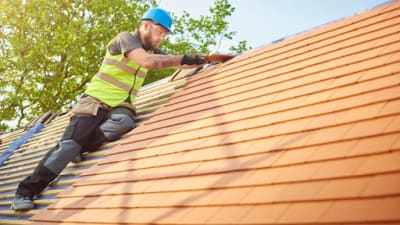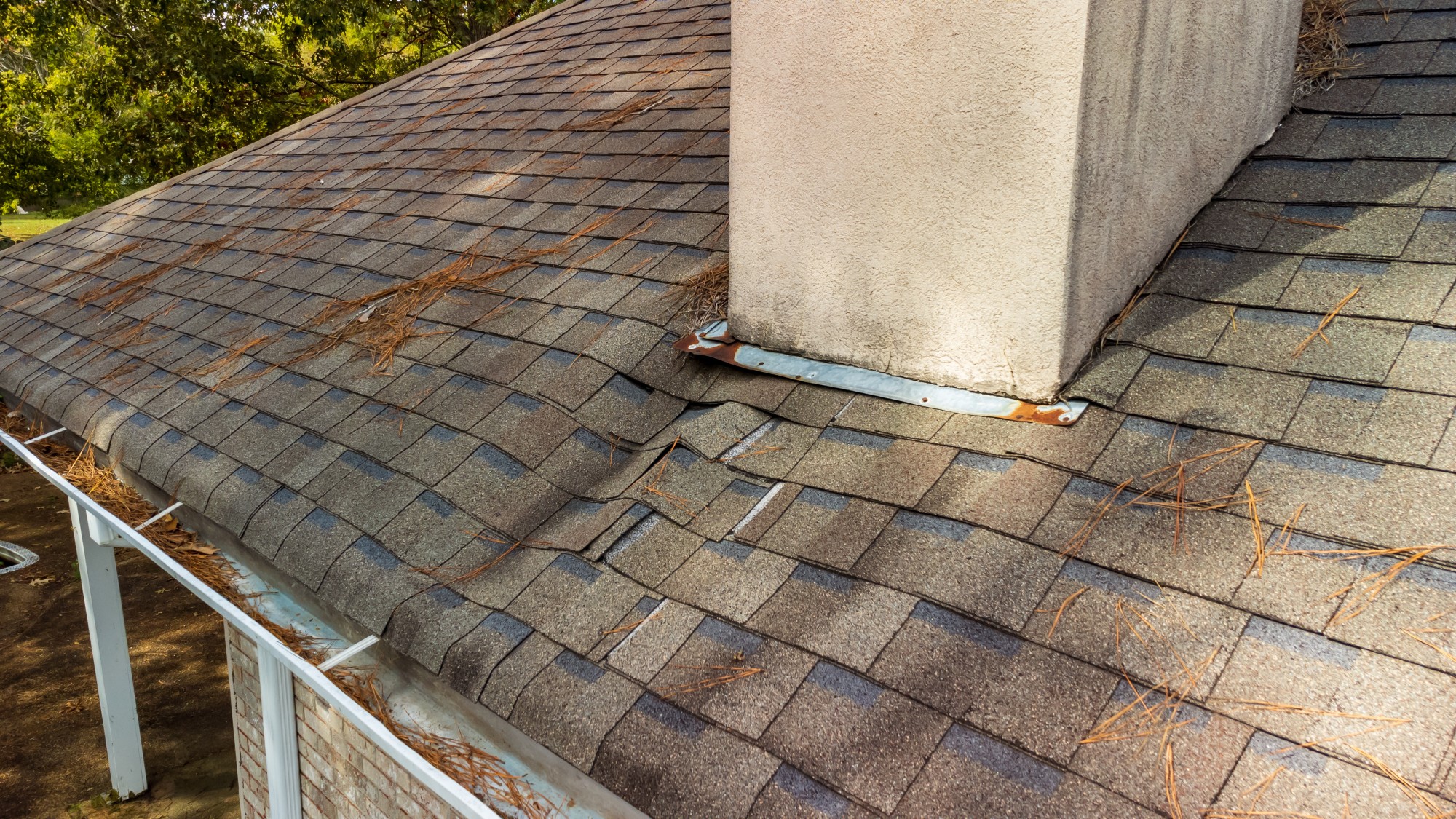Roof Repair Oahu: Expert Roof Repair Works for Lasting Protection
Wiki Article
Comprehending the Various Kinds of Roofing Systems: A Comprehensive Guide for Homeowners
With a selection of options-- ranging from the standard gable to the contemporary level-- each kind provides unique benefits and difficulties that should straighten with the home owner's ecological considerations and details needs. As we discover the details of different roof covering types, it comes to be evident that one dimension does not fit all; the right option might amaze you.Saddleback Roof
Gable roof coverings, characterized by their triangular shape, are amongst the most popular roofing designs because of their simplicity and effectiveness in losing water and snow. This design includes 2 sloping sides that satisfy at a ridge, permitting efficient drainage and reducing the danger of water build-up. The steep pitch generally connected with gable roofings enhances their ability to manage hefty rainfall, making them ideal for numerous climates.Along with their useful advantages, gable roofs supply visual versatility. They can be adjusted to numerous building designs, from standard to modern-day homes. The layout can additionally suit extra features such as dormer windows, which improve all-natural light and ventilation in the attic room.
In addition, gable roof coverings offer enough area for insulation, adding to energy effectiveness. Homeowners can select from a variety of roofing materials, consisting of asphalt roof shingles, metal, and ceramic tiles, further enhancing modification options.
Despite their advantages, gable roofings may need additional assistance in locations prone to high winds or heavy snowfall. In general, the saddleback roof continues to be a favored choice as a result of its blend of capability, sturdiness, and aesthetic allure.
Apartment Roofs
Level roofing systems are typically recognized for their minimalist style and practical applications, specifically in commercial and industrial settings (oahu roofing). These roofings include a almost straight or straight surface, which enables easy building and versatile area use. While they might do not have the aesthetic charm of pitched roof coverings, flat roofings use numerous benefits, especially in city environments where taking full advantage of area is importantAmong the main advantages of level roofing systems is their access. Property owners can use the roof area for numerous objectives, such as roof gardens, balconies, or photovoltaic panel setups. Furthermore, level roofings are normally more affordable to maintain and mount contrasted to their sloped equivalents, as they require fewer materials and labor.
Nonetheless, level roofs do present certain obstacles. Appropriate drain is important to prevent water merging, which can cause leakages and structural damages. For this reason, selecting high-quality waterproofing products and routine examinations are essential for ensuring long life. Typical materials made use of for level roofing systems consist of built-up roofing (BUR), modified bitumen, and single-ply membranes, each offering distinct advantages. In general, level roofings offer as a adaptable and functional option for many property owners and organizations alike.
Hip Roofing Systems
Hip roof coverings are characterized by their sloped sides that converge on top, forming a ridge. This style stands out from saddleback roofs, as all four sides of a hip roofing incline downwards toward the wall surfaces, giving a much more secure structure. The angle of the inclines can differ, allowing for convenience in building visual appeals and capability.Among the primary benefits of hip roofings is their ability to stand up to heavy winds and damaging weather. The sloped surfaces allow much better water drain, minimizing the risk of leakages and water damages. Furthermore, hip roof coverings provide enhanced attic room area, which can be made use of for storage space or also converted into habitable areas.
Nevertheless, building a hip roof can be extra expensive and complex than easier roof kinds, such as gable roofings. The added product and labor entailed in creating the inclines and guaranteeing appropriate structural stability can cause greater expenditures. Despite these drawbacks, lots of property owners prefer hip roof coverings for their sturdiness, aesthetic charm, and capacity for energy effectiveness.
Mansard Roof Coverings
Mansard roofing systems, commonly identified by their one-of-a-kind four-sided style, feature two inclines on each side, with the lower incline being steeper than the top. This architectural style, stemming from France in the 17th century, is not just visually attractive yet practical, as it takes full advantage of the usable space in the top floors of a structure. The high reduced slope permits more headroom, making it a perfect choice for loft spaces or attics, which can be exchanged living rooms.Mansard roofing systems are identified by their convenience, fitting various building designs, from traditional to modern-day. They can be built with various materials, consisting of asphalt roof shingles, slate, or steel, giving property owners with a series of options to fit their choices and budgets. Furthermore, the layout allows for the combination of read dormer home windows, enhancing all-natural light and air flow in the top degrees.
However, it is important to consider the possible disadvantages. Mansard roofs might call for even more upkeep as a result of the complexity of their style, and their high inclines can be testing for snow and rain runoff. On the whole, mansard roof coverings combine sophistication with usefulness, making them a i was reading this popular selection amongst house owners looking for distinctive architectural features.
Dropped Roofs
As property owners significantly look for simpleness and capability in their architectural styles, dropped roofings have become a prominent option. Defined by a single sloping aircraft, a shed roof offers a minimal aesthetic that complements various home styles, from modern to rustic.Among the main benefits of a shed roofing is its straightforward building, which usually translates to decrease labor and material expenses. This layout permits for efficient water drainage, reducing the danger of leakages and water damage. Furthermore, the upright slope offers adequate area for skylights, enhancing all-natural light within the inside.
Lost roofings also provide versatility in regards to use. They can be effectively integrated into additions, garages, or exterior structures like sheds and pavilions. Moreover, this roofing system design can accommodate various roof materials, including metal, asphalt tiles, or also eco-friendly roofs, straightening with green initiatives.
However, it is important to think about local climate conditions, as heavy snow tons might demand changes to the roofing system's angle or structure. In general, shed roofing systems provide a sensible and aesthetically pleasing alternative for property owners looking to take full advantage of performance without jeopardizing design.
Final Thought


Gable roof coverings, characterized by their triangular shape, are among the most popular roof covering styles due to their simpleness and effectiveness in dropping water and snow. oahu roofing. The high pitch commonly associated with gable roofing systems boosts their ability to handle hefty precipitation, making them suitable for different climates
While they might lack the visual appeal of pitched roof coverings, level roofing systems use numerous benefits, specifically in urban environments where taking full advantage of space is important.

Report this wiki page